Homemade Masa For Making Arepas
Two of the most popular recipes I have on the blog and on my YouTube channel are Colombian arepas and empanadas. And because of this, one of the questions I have been asked the most is how to substitute the precooked corn meal to make them? I get this question a few times a week, especially by people who live outside of Colombia and who live in places where they can’t get their hands on this product. For this reason I decided to film and upload the recipe on how to make the “masa” or dough without having to use the precooked corn meal.
Making this masa is very easy as long as you have the right type of corn which is usually “white hominy corn” and every now and then “yellow or golden hominy corn“. And what is hominy corn? It’s simply a sugarless, dry corn that doesn’t have the outer shell. This type of corn has been used to make arepas, empanadas, tamales, natilla, buñuelos, pandebonos, among other things for hundreds of years. And actually, the precooked corn meal was not available until the mid 20th century, but before that, all of these recipes were only made by using hominy.
Even though the flavor of this fresh hominy is somewhat better than the precooked corn meal, I always use the corn meal at home because the process to make the masa with the hominy takes way too long. However, it is a great option if you can’t find the corn meal wherever you are.
¡Buen Provecho!
Print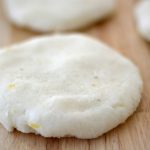
Masa (Dough) Used For Making Arepas
- Prep Time: 0 hours
- Cook Time: 0 hours
- Total Time: 0 hours
- Yield: 1lb 1x
Ingredients
- 1 lb (16 oz/454 g) white hominy corn
- Water to rinse, soak and cook the hominy
Instructions
- Place the hominy in a large bowl and take out any dirt or bad corn kernel you may find. Then rinse the hominy with water and drain it. Finally cover it with enough water and let it soak overnight at room temperature.
- The next day drain the hominy and place it in a large pot. The size of the pot depends on how much corn you are cooking. Add enough water to cover the hominy, cover the pot and bring the water to a boil on high heat. Then reduce the heat to medium low and cook the hominy for about 2 hours or until tender. Check the water level every 20 minutes and add more if necessary.
- Once the hominy is cooked, drain it well and let it cool completely. It’s very important to make sure that the hominy is as dry as possible so the “masa” or dough doesn’t come out too watery and soft.
- Grind the hominy using a grinder or a food processor until you get a smooth dough. Season it to taste to make arepas, empanadas and tamales.
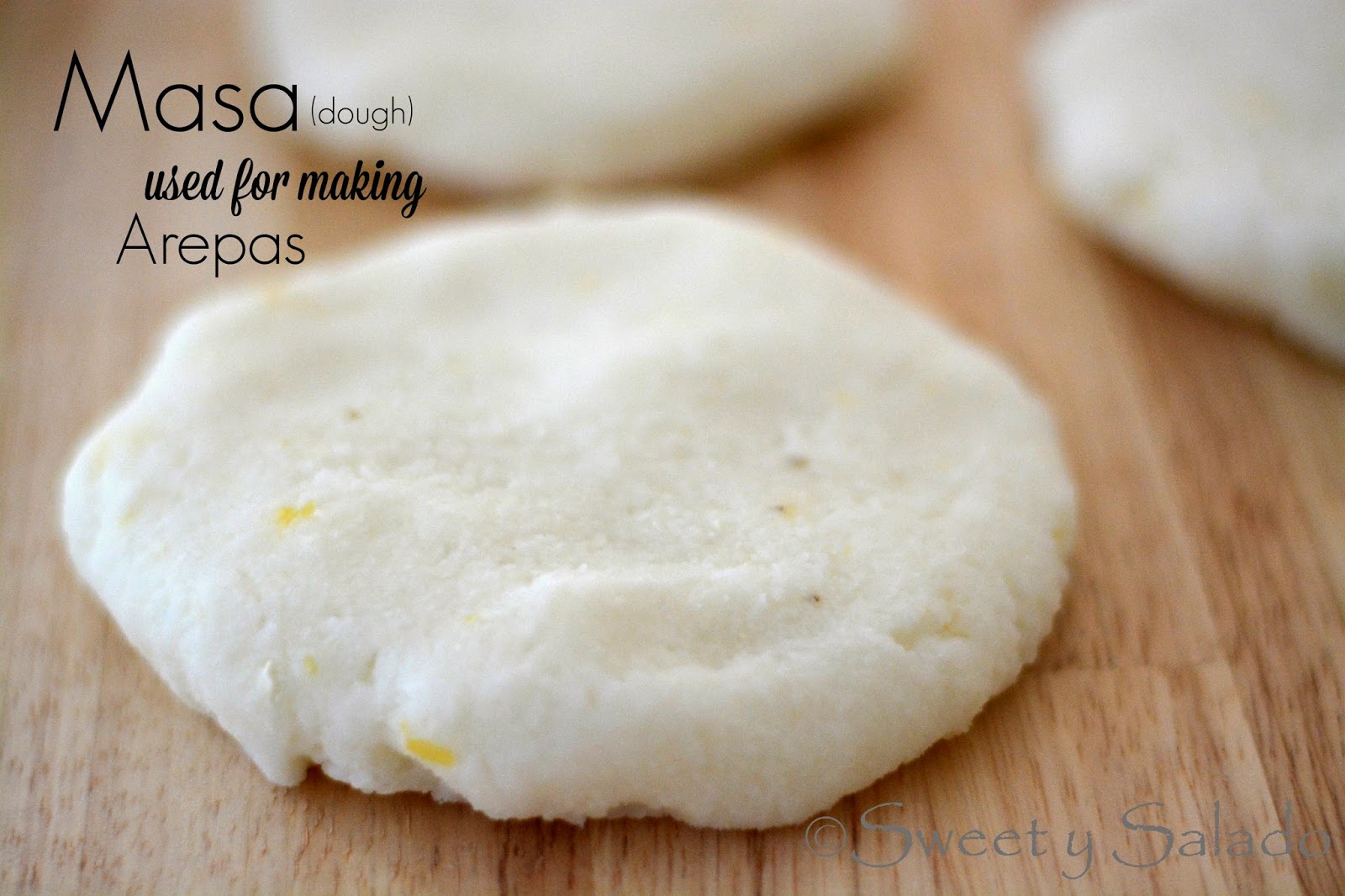

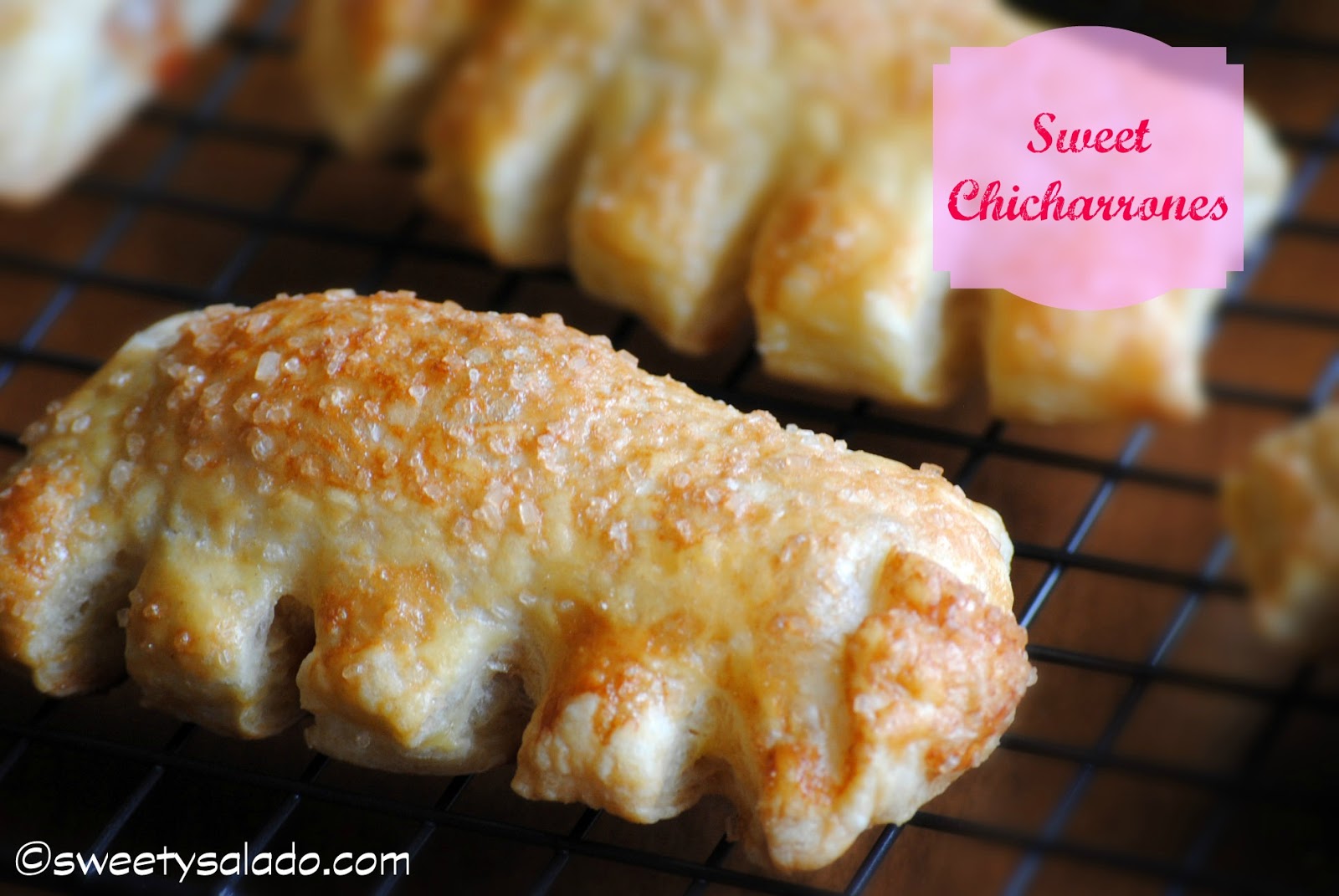
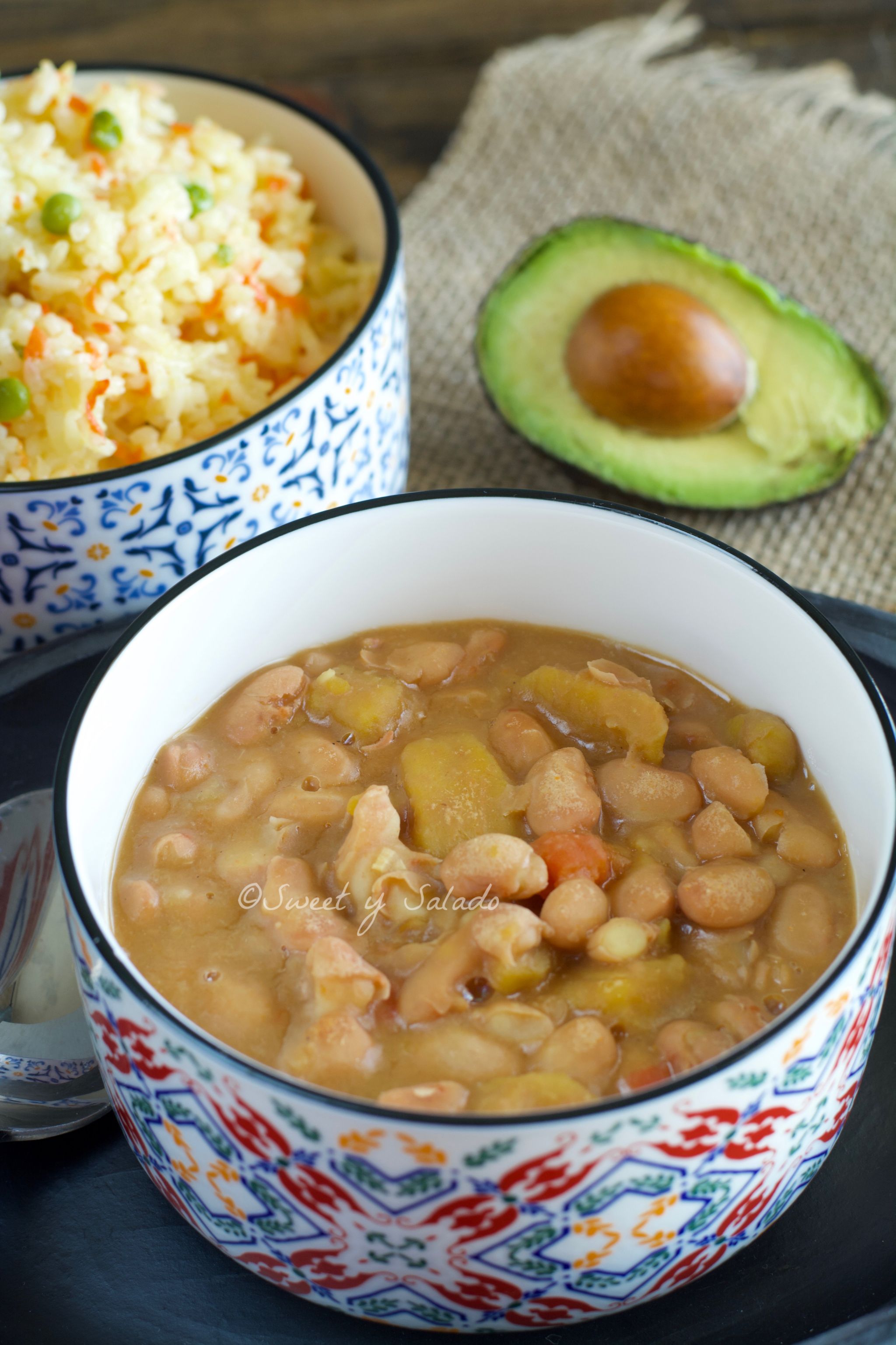
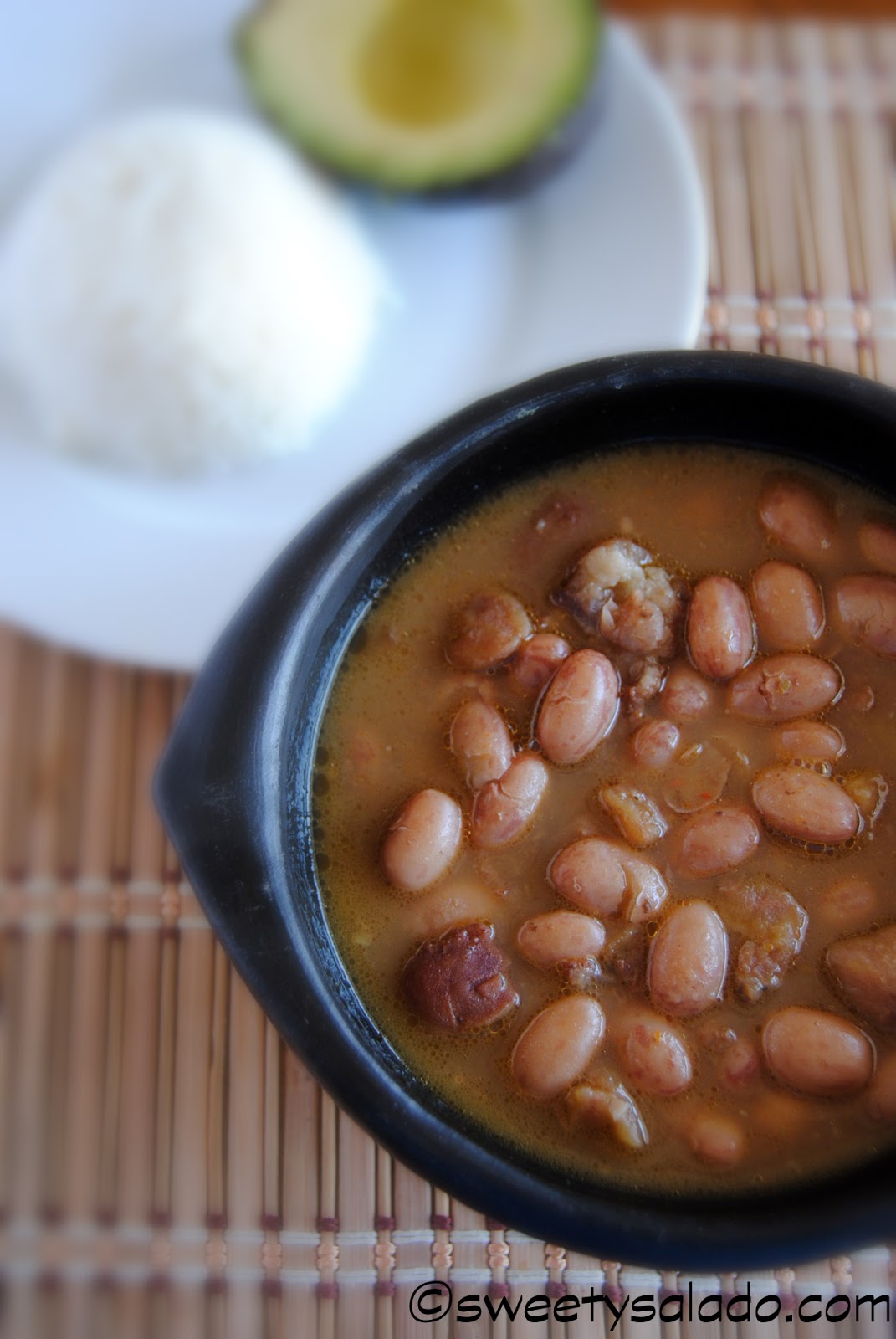
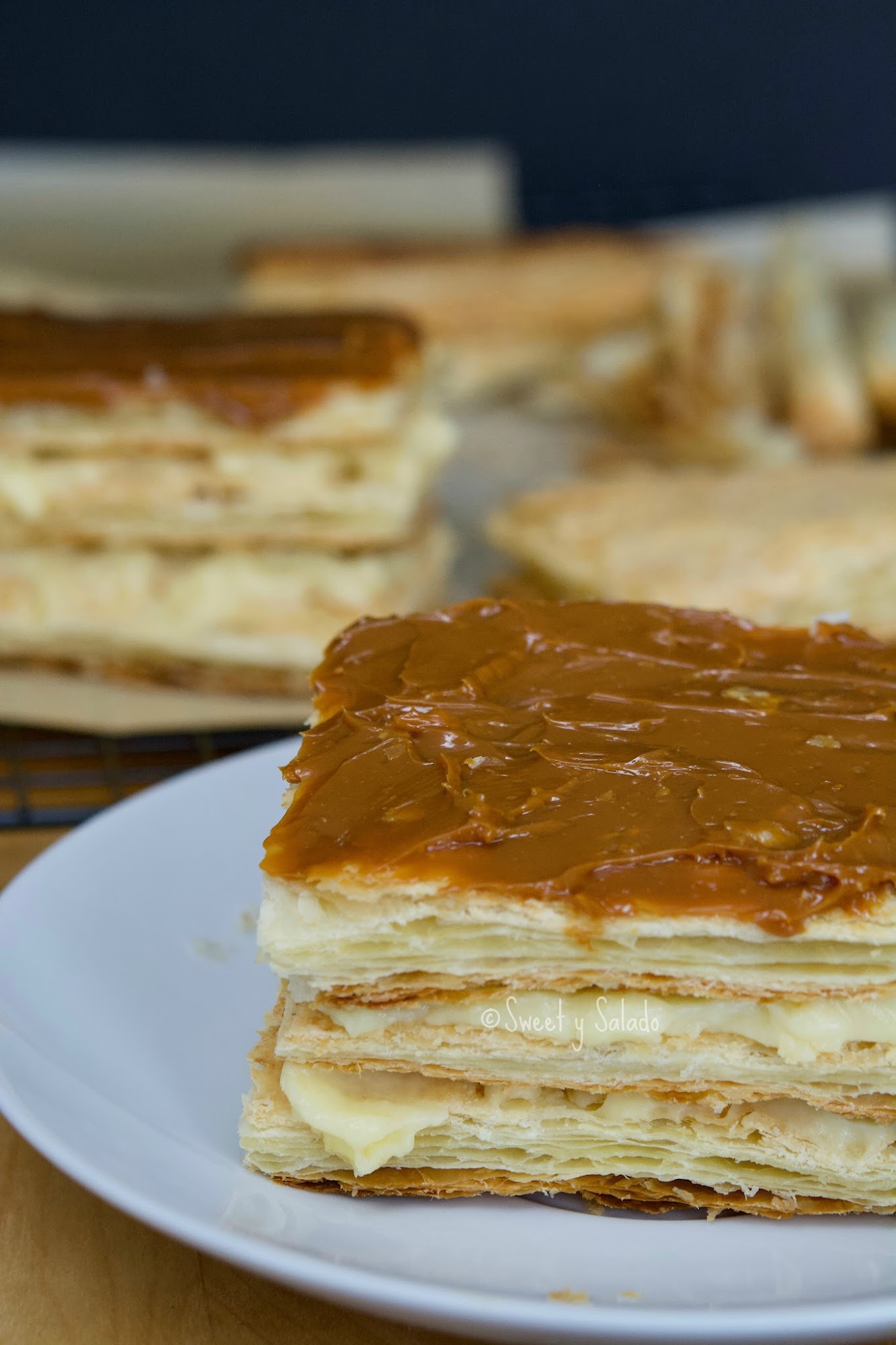
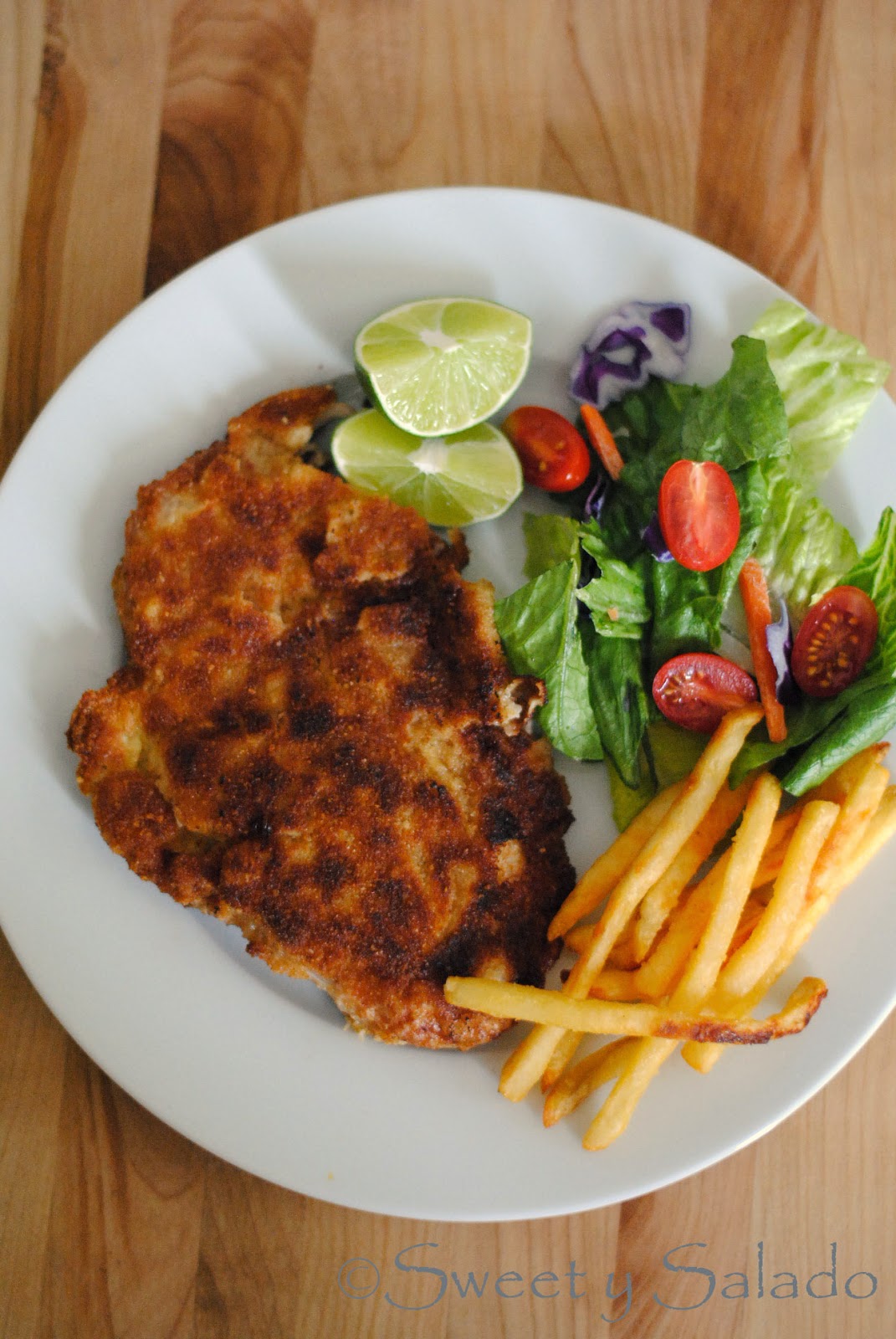
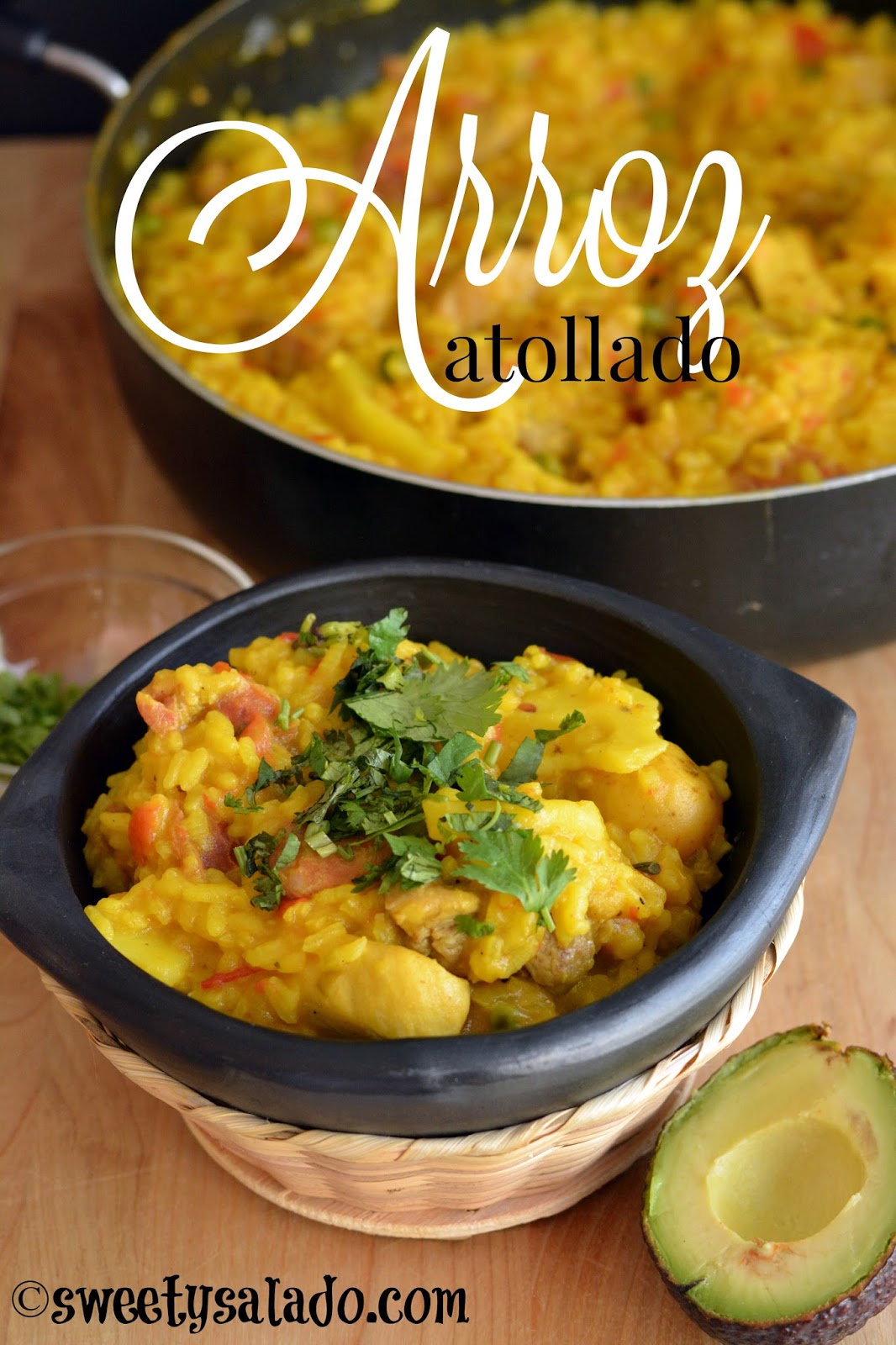
Hello, thanks for this recipe, but I am very confused about something that I hope you, as a native Columbian, can explain to me. Everywhere I have read that for arepas, you can't use masa harina, because it is made from nixtamalized (alkali-treated) corn. Even you say that the corn flour used must be "pre-cooked" corn flour, NOT masa harina. BUT, here you are using ground hominy in place of pre-cooked corn flour, and hominy is nixtamalized, just like the corn for masa harina! So how is it different?
Hi ginny11. The difference between the masa used for tortillas and the masa used for arepas is not necessarily the corn itself, but the texture. The masa you get from products like Maseca is very different, it's not as firm because they grind the corn to get a very, very fine flour, almost like a powder. The masa you get from products like Harina P.A.N is firmer and the cornmeal itself is courser, therefore, it's perfect for making arepas or empanadas.What tortillas and arepas do have in common is the corn or hominy. So, even though you can't use Maseca for making arepas because of the way it has been treated, you can use the hominy itself to make masa for arepas. So, you can buy a can of cooked hominy, even if it has lime in it because all you have to do is rinse it, grind it and end up with masa to make arepas. I hope that all makes sense. =)
not native enough… you spelled Colombia wrong
Thank you so much for the detailed information! Using your directions I can now tell what the difference is between dough for tortillas and dough for arepas. When the nixtamalized corn is cooked for grinding to make tortillas, it is NOT cooked until it is soft, unlike the corn for grinding to make arepas. If the corn is over cooked, it will be too soft for making tortillas.Knowing the difference between the two doughs, it MIGHT be possible to use masa harina, if it is mixed with water and then cooked in a pot on the stove, to allow the corn to become soft enough. A quick whiz in a food processor would make the dough smoother. Sounds like a lot of stuffing around, but with a good nonstick pot, it shouldn't actually be hard to do, sort of like making a very stiff polenta, but using nixtamalized corn flour.Where I live, I can't buy masa harina, so I've started making tortillas from scratch. Using the information you have so kindly provided, I can now make arepas too, by cooking the nixtamalized corn until it is soft before grinding it. This is also be terrifically useful to know for those times when I get distracted and accidentally over cook the corn; no tragedy, just make arepas instead of tortillas! I'm very much looking forward to making arepas using the information you have given, but one thing I am unsure of is how they taste when cold. Are they ever eaten after they cool off, or can they be reheated?
Thanks for this recipe! It is interesting and informative. I will be trying it tonight with a 1 pound bag of Maiz Trillado, and I look forward to trying the other recipes you have shared.It does seem to me that quite a bit of confusion surrounds the term "hominy; a combination of mixed colloquial terms and mis-translations In the U.S. (and Mexico, I believe), this term is used for nixtamalized (processed) dried field corn (not fresh sweet corn) from which tortillas and other dishes are made. In South America, and many Internet sites, it is also used for dried field corn (not fresh sweet corn) untreated. In the U.S. you can buy cracked degermed dried field corn (called "Maiz Trillado") which may also be labeled as hominy, but which has definitely not been slaked (American term for nixtamalization. I believe that this is what your page is referring to.As a child of the southern U.S., I grew up on hominy grits, which are slaked coarsely ground cooked white dried corn kernels. I think it should be illegal to label un-slaked ground corn grits – I call that polenta 😉
So we can use canned cooked hominy and just drain well? I need to try this! I’ve also read recipes where they use PAN + masa harina … wonder if that works??
You can use canned hominy but I suggest rinsing it really well because they add lime to it. To make arepas, tamales or empanadas, you can also use just regular precooked cornmeal like Harina P.A.N. without having to add masa harina, which I believe is Maseca.
Hi,
Thank you for the recipe. Have you used an instant pot or a pressure cooker to reduce the cooking time for the corn? If so, can you give me an idea of the cooking time?
I have never used an Instant Pot but have used a pressure cooker, in which case you shorten the cooking time in half. In this case 1 hour.
If you have ever lived in a home in Colombia, as I have, and been fed Colombian ( flat, thin).arepas for breakfast, you will understand. As I left each morning for the university, I used to see that corn being prepped, or the masa taken out of the refrigerator. Not once, not a single time, have I figured out how to make them in the US. The best I have been able to do is learn about hominy corn ( I know that’s part of the ticket) , but my first attempt was a failure. Not only that, but I don’t have the same equipment ( it’s apparently not available in this country). I think I would have to have it made. Yesterday, in a desperate attempt, I tried ” dried Colombian ground corn .” Another feeble attempt
No comparison to my 6- month Colombian experience.